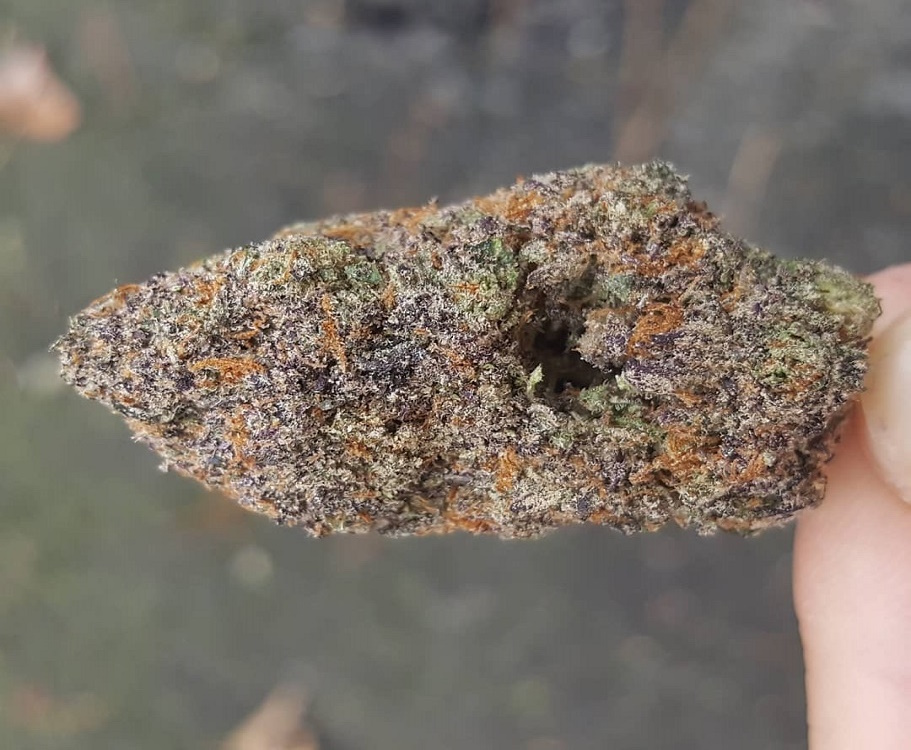
Have you ever seen weed so dense it looks like it was grown in a laboratory? This rare and treasured form of marijuana is called dense weed. It’s prized for its high quality, high potency buds that are packed with trichomes and resin. But what exactly makes dense weed so special and how can you grow your own? In this article, we’ll explore the characteristics of dense weed, the optimal conditions needed to grow it, and tips for maximizing resin production and trichome production on your entire plant. So roll up your sleeves, grab your gardening gear and let’s get started!
What is Dense Weed?
Dense weed is a term used to describe cannabis plants that have been grown and developed in such a way that the buds are tightly packed with resin and trichomes. The buds on these plants are much denser than regular cannabis, making them more potent and providing users with an intense experience.
In order to achieve dense flowers, growers must pay close attention to the plant’s flowering stage. Indoor growers will want to make sure their plants get enough direct sunlight or light intensity while outdoor growers should focus on providing enough nutrients. Sativa strains tend to produce bigger and denser buds than indica varieties, so those might be a better option if you’re looking for maximum density.
Cannabis seeds used for dense weed should also be chosen carefully; look for ones labeled as ‘high-density’ or ‘dense bud’ strains. Bud sites should be monitored closely during the vegetative phase of growth and harvest time needs to be spot-on in order to ensure maximum potency levels in the finished product. Finally, watch out for nutrient burn or deficiency which can reduce bud density; keep an eye on your plant’s root system and adjust nutrient levels accordingly.
Benefits of Dense Weed
Dense weed is becoming increasingly popular among cannabis users due to its intense and powerful effects. Thanks to careful cultivation techniques, these buds are tightly packed with high levels of resin and trichomes, making them incredibly potent. Here are some of the benefits of dense weed:
Firstly, there’s the powerful and intense high that comes with smoking or consuming dense bud strains. This type of marijuana is usually much stronger than regular cannabis, so those looking for an extra kick will definitely find it here.
Another advantage of dense weed is that it often produces bigger yields than regular cannabis plants. Because the buds are so densely packed together, growers can harvest more from each plant without compromising on quality.
Finally, many people prefer the taste and aroma of dense weed due to its higher levels of terpenes and cannabinoids. The smoke produced by these buds may be smoother compared to regular cannabis too, making it a great choice for those who don’t like inhaling harsh smoke.
Overall, dense weed offers users an amazing experience thanks to its potent effects and higher concentrations of desirable compounds like terpenes and cannabinoids. It also allows growers to achieve bigger yields while still maintaining top-notch quality!
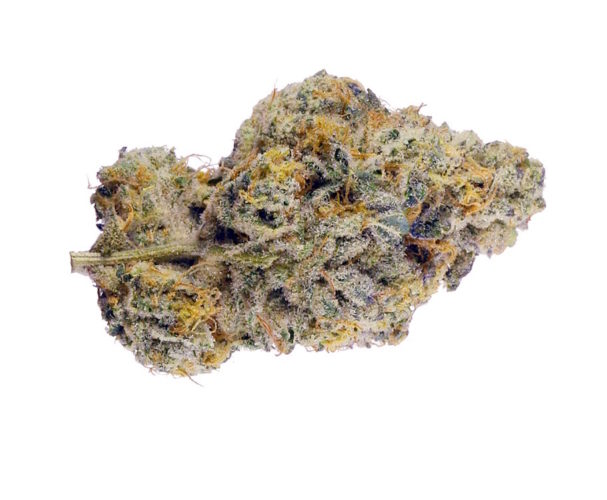
Types of Cannabis Strains
Cannabis is a complex plant with an abundance of different strains, each offering unique effects, aromas, and tastes. Sativa strains are known for their uplifting and energizing effects, while indica strains provide more of a body-focused or sedative high. Hybrid strains are mixtures of both sativa and indica genetics, offering the best of both worlds! When choosing a cannabis strain, it’s important to decide what kind of experience you’re looking for. For example, if you’re looking for an energizing boost that will help you stay productive throughout the day, then a sativa strain may be your best bet. On the other hand, if you’re seeking something that offers more mental relaxation and physical relief after a long day at work, then an indica strain might be more suitable. And if you want to experiment with various effects like creativity or euphoria, then hybrid strains may be your go-to choice. No matter what kind of experience you’re seeking from cannabis use, there are plenty of options available when it comes to choosing the right strain to suit your needs.
Indica Strains
Indica strains are a popular choice for those looking to relax and unwind at the end of a long day. Indica strains tend to offer more of a body-focused high, providing users with physical relief from aches and pains as well as mental relaxation. These types of strains are perfect for winding down after a long day or for enjoying during an evening spent at home. Indica strains tend to have higher levels of CBD than their sativa counterparts, making them ideal for those who want to experience cannabis’s therapeutic effects without feeling overwhelmed by strong psychoactive effects. In addition, indica strains usually contain higher levels of THC, which can increase feelings of euphoria and wellbeing. If you’re looking to relax and enjoy an elevated state of mind while still being able to remain in control, then indica strains may be just what you need!
Sativa Strains
Sativa strains are a great choice for those looking to boost their energy and creativity. These types of strains tend to have higher levels of THC, which can provide users with an energizing, uplifting high. Sativa strains offer more of a cerebral experience, allowing you to tap into your creative side while still feeling focused and clear-headed. They are perfect for daytime activities such as studying or exercising, as they can help to promote feelings of motivation and productivity. While the effects of sativa strains tend to be less intense than indica strains, they still offer a powerful high that can last for several hours. Sativa strains are also known for their sweet aromas and flavors, making them enjoyable to smoke or vape on their own or when blended with other cannabis varieties. Whether you’re looking for an extra burst of energy throughout the day or just want to unleash your inner artist, sativa strains are definitely worth trying!
Hybrid Strains
Hybrid strains are the perfect choice for those who want to experience the best of both worlds! By combining the effects of indica and sativa strains, hybrid strains offer a unique combination of mental clarity and physical relaxation. This can make them ideal for those who need to stay focused and productive, as well as for those looking for an enjoyable way to unwind. Hybrid strains come in a variety of flavors and aromas, making them great options for smoking or vaping. Whether you’re looking for an energizing pick-me-up or a calming nightcap, there’s sure to be a hybrid strain out there that fits your needs. Plus, with so many different hybrids available, it’s easy to find one that works perfectly for you! So go ahead — explore the world of hybrid cannabis strains today and find out what this versatile option has to offer.
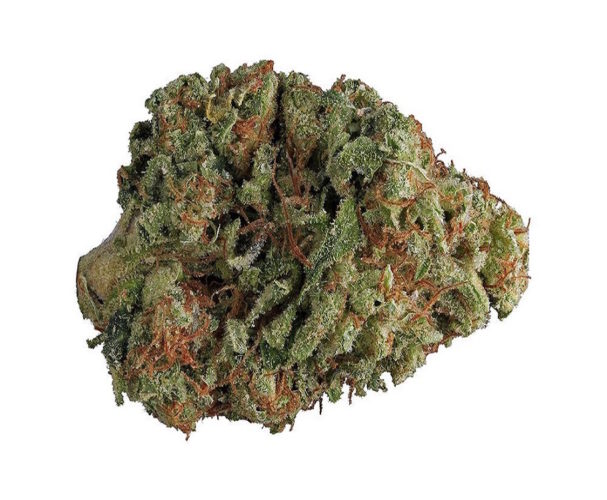
Growing Conditions for Dense Weed
When it comes to growing dense, high-quality weed, there are a few important factors to consider. While cannabis plants need plenty of direct sunlight and warm temperatures to thrive, the right light intensity and nutrient levels can make all the difference in achieving dense buds. Indoor growers should pay attention to the flowering phase and vegetative stage of their plant’s life cycle, making sure to provide adequate light during both stages for optimal bud development. Additionally, outdoor growers should be mindful of their plant’s root development as well as its exposure to wind and extreme weather conditions. During harvest time, it’s also important to keep an eye on trichome production and resin production within your buds; these two components will determine just how dense your flowers will be. Lastly, nutrient burn or deficiency can cause bud sites to become weak or brittle — so make sure your marijuana plant is getting the proper nutrients it needs! With the right attention and care, you can grow dense weed that looks and smokes great!
Optimal Light Intensity and Sunlight Exposure
Light intensity and sunlight exposure play a huge role in growing dense, high-quality weed. Indoor growers should pay close attention to the light cycle their plants receive during both the vegetative and flowering stages. For optimal bud development, cannabis plants need around 18 hours of light each day during their vegetative stage and 12 hours of darkness during their flowering stage. Outdoor growers should also make sure their plants are getting enough sunshine — ideally 8-10 hours of direct sunlight each day. Additionally, try to protect your cannabis from harsh winds or extreme temperatures that could damage the buds or stunt growth. With the right amount of light intensity and sunlight exposure, you can grow some seriously dense weed!
Nutrient Levels and Deficiencies
Nutrient levels and deficiencies are a major factor in growing dense, high-quality weed. To ensure your plants stay healthy and thrive, it’s essential to provide them with the right nutrients at the right time. During the vegetative stage, cannabis needs plenty of nitrogen for growth and development. During the flowering phase, shift your focus to phosphorus and potassium as these two nutrients will help ensure your flowers get extra big, dense, and resinous. If you notice any discolored leaves or stunted growth, this could be an indication of nutrient burn or deficiency. To prevent this from happening, make sure you’re providing your plants with all the necessary macro- and micronutrients they need throughout their growth cycle. With proper nutrition and care, you can grow some truly impressive buds!
Temperature, Humidity, and Airflow Requirements
Temperature, humidity, and airflow are essential components for growing dense weed. It’s important to keep your grow room at the right temperature and humidity levels to maximize bud density while still keeping your plants healthy. Generally speaking, cannabis plants prefer a daytime temperature of 21-26°C (70-80°F) and a nighttime temperature of 18-21°C (65-70°F). When it comes to humidity, you want to aim for around 40-50% during the vegetative stage and around 30-40% during the flowering stage. As far as air circulation is concerned, having adequate airflow in your grow space is critical. Make sure there’s enough fresh air being circulated throughout the environment to ensure your buds get plenty of oxygen and CO2. With these three factors in check, you can expect some truly dense buds!
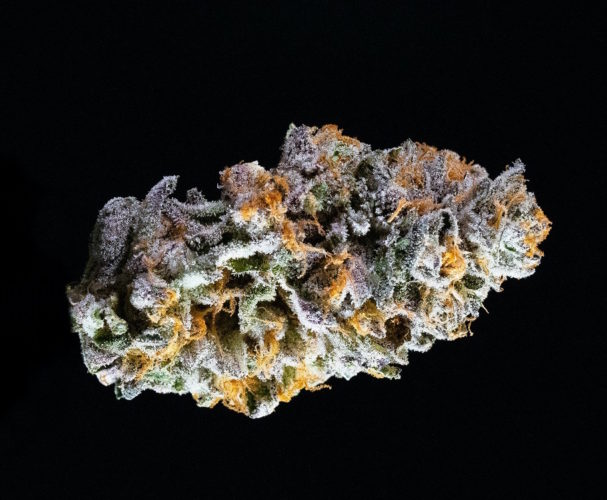
Advantages and Disadvantages of Outdoor Growing Which Environment is Best For Producing Dense Weed?
Growing cannabis outdoors can be a great way to produce dense buds without the need for expensive equipment. The natural environment provides plenty of direct sunlight and fresh air, both of which are key components for producing dense weed. Additionally, outdoor grows require far less maintenance than indoor setups as you don’t have to worry about temperature and humidity control or nutrient burn or deficiencies.
However, there are some drawbacks to growing outdoors. You can’t control the environment as much as you would indoors, meaning your crop is at risk of being exposed to diseases or pests that may cause damage. Also, depending on where you live, you may not get enough sunshine throughout the entire year which could affect the plant’s flowering stage and harvest time.
In conclusion, it is important to take into account all of the pros and cons before deciding which environment is best for producing dense weed. Indoor growing will give you more control over the environment but requires an initial investment in equipment while outdoor growing eliminates this cost but puts your crop at risk from natural elements such as pests or diseases. Ultimately it’s up to you to decide which method works best for your needs!
Vegetative Stage in the Cannabis Plant Lifecycle What Happens During the Vegetative Stage? How Long Does This Phase Last? Impact on Bud Production and Density
The vegetative stage of the cannabis plant lifecycle is an important period in developing dense buds. During this phase, the plant will spend most of its time focusing on growth, using light and nutrients to form stalks and leaves. This stage typically lasts for around 4-12 weeks depending on the strain and growing conditions.
During the vegetative stage, it’s important to provide your plants with plenty of light intensity (depending on what type of grower you are) as well as consistent temperatures and adequate nutrition. This will help create strong roots while optimizing resin production and trichome formation during flowering. The length of this phase can have a major impact on bud density as longer veg cycles mean larger plants which can produce more flowers than if they were kept in a shorter cycle.
In conclusion, the vegetative stage is essential for producing dense weed and should not be overlooked when planning a grow setup. The key to success here is providing your plants with proper lighting, temperature, nutrients, and water throughout this phase. Doing so will ensure that your cannabis plants reach their full potential once they enter into the flowering phase!
Flowering Stage in the Cannabis Plant Lifecycle What Happens During the Flowering Stage? How Long Does it Last? Differences Between Indoor vs Outdoor Grown Plants During the Flowering Stage
The flowering stage of the cannabis plant lifecycle is a crucial period for producing dense buds. During this phase, the plant will focus on producing flowers as well as trichomes and resin, which determine the potency and flavor of your marijuana. The flowering stage typically lasts 8-12 weeks but can vary depending on strain type and growing conditions.
When it comes to indoor vs outdoor grown plants during the flowering stage, there are some major differences to consider. Indoor growers have more control over their environment as they can adjust lighting and temperature to optimize growth. Outdoor growers rely more on natural sunlight and weather conditions that can be unpredictable at times.
Another key difference between indoor vs outdoor grown plants during the flowering stage is bud sites. Indoor plants tend to produce more dense buds due to increased light intensity while outdoor plants may not get enough direct sunlight in certain areas resulting in smaller buds with less density. However, both types of gardeners can use techniques such as pruning or topping to encourage multiple bud sites leading to larger yields overall!
Overall, the flowering phase of the cannabis plant cycle is an important period for producing dense weed and should be taken into consideration when planning a grow setup. With proper care and attention throughout this phase, you should be able to achieve high quality buds that you’ll enjoy for months!
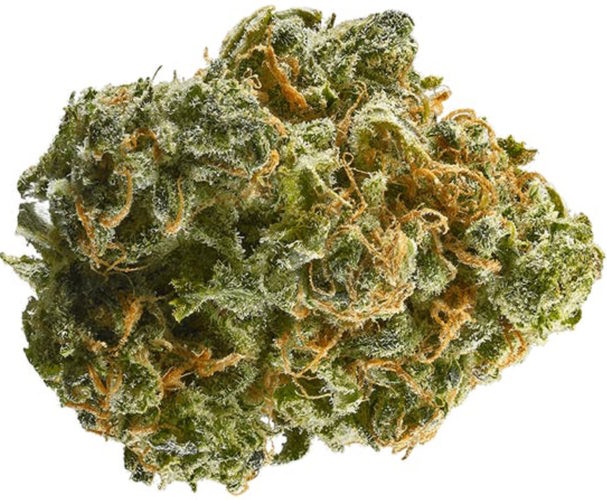
Harvest Time for Highest Quality Buds When Should You Harvest Your Plant to Get The Most Resin Production and Highest Quality Buds?
Harvesting your cannabis plants at the right time can be the difference between mediocre buds and top-shelf quality. As a general rule of thumb, you should wait until the majority of the flower’s pistils have changed color and/or curled inwards before harvesting. This usually occurs during the sixth to eight weeks of flowering for most sativa strains. Indica strains usually finish flowering sooner and can be harvested within five to seven weeks.
When harvesting, it’s important to pay attention to the entire plant and not just single buds. Bud density is an indication of how well your plant has developed over its vegetative stage, so make sure that all parts are equally dense before you start cutting. This is especially true if you’re growing high resin production strains as they tend to produce more trichomes which will increase potency and flavor when consumed.
Finally, remember that harvest time doesn’t end once your plant is cut down – it’s important to keep a close eye on nutrient levels during the drying process as too much or too little can cause nutrient burn or deficiency leading to poor quality buds. With some patience and dedication, however, you should be able to produce some top-shelf quality bud!
Choosing The Right Cannabis Seeds For Maximum Bud Sites And Density Factors to Consider Before Buying Cannabis Seeds
When it comes to choosing the right cannabis seeds for maximum bud sites and density, there are a few things you should consider. First, you’ll want to take into account the strain of cannabis that you are growing. Sativa strains tend to have higher yields and more buds per plant than indica strains. Furthermore, hybrid strains can also be very productive and offer a combination of both sativa and indica characteristics.
Next, you’ll want to think about the environment in which your plants will be grown. Outdoor growers should pick seeds that thrive in direct sunlight, while indoor growers should select cannabis seeds that produce denser flower clusters with increased trichome production. Additionally, if you are growing indoors, pay attention to light intensity as this will determine how many buds your plants can produce.
Finally, it’s important to ensure that your plants have enough room for their roots to spread out and reach all the necessary nutrients for healthy growth. This will allow them to reach their full potential when it comes time for harvesting those dense flowers! With some careful consideration and planning ahead of time, you can ensure successful harvests with great results every time!
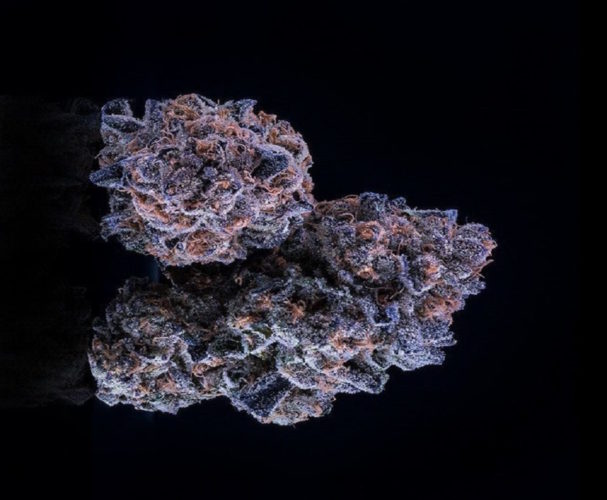
Tips To Maximize Resin Production And Trichome Production On Your Entire Plant Maximizing Light Intensity With Different Grow Lights
Having dense buds with maximum resin production and trichome production on your entire plant is the goal of many cannabis growers. To get the best results, you’ll need to ensure that your plants receive adequate light intensity during their flowering phase. Different types of grow lights can be used to maximize light intensity. LED lights are very energy efficient and produce a high-quality spectrum of light, while HID (high-intensity discharge) lamps provide a broader spectrum of light and can cover larger areas with greater efficiency.
In addition to using the right type of lighting system, it’s important to adjust the distance between your plants and the lights as they grow taller during their flowering stage. This will ensure that each bud site receives enough light for optimal growth. Additionally, it’s important to keep an eye out for nutrient burn or deficiency as these can reduce resin production and trichome production if not addressed quickly. By monitoring your plants closely throughout their vegetative and flowering stages, you’ll be able to maximize resin production for dense buds come harvest time!
Signs Of Nutrient Burn Or Deficiency In Your Marijuana Plants
Nutrient burn or deficiency is a common problem for marijuana growers, especially if you’re growing indoors. Nutrients are essential to healthy growth and development, so it’s important to pay attention to the signs of nutrient burn or deficiency in your plants.
The most obvious sign of nutrient burn or deficiency is an unusual discoloration of the leaves, usually yellowing at the tips and edges as well as along the veins. This can be caused by too much salt buildup from over-fertilization, or an imbalance in nutrient levels. Additionally, you may notice that your plants have stunted growth and sparse flowers if they’re deficient in certain nutrients.
If you think your plants might be suffering from nutrient burn or deficiency, there are a few things you can do immediately to help them recover. First off, flush their root systems with clean water to remove excess salts and fertilizers that may be causing damage. Then adjust your feeding regimen based on what nutrients they need more of and less of – this will help restore balance in their diet and prevent further damage. Lastly, make sure they are receiving ample direct sunlight each day – this will help promote strong growth and dense buds!
Conclusion
Growing marijuana can be a rewarding experience, and it’s important to pay attention to the signs of nutrient burn or deficiency in your plants. Keeping an eye out for discoloration, stunted growth and sparse flowers will help you identify if something is off with your plants’ nutrition. Flushing their root systems, adjusting your feeding regimen and providing adequate light should help get them back on track! The key takeaway here is to be proactive in monitoring your plants’ health and nipping any nutrient problems in the bud early. With a little bit of effort and vigilance, you’ll have lush, dense buds that are ready for harvest in no time!
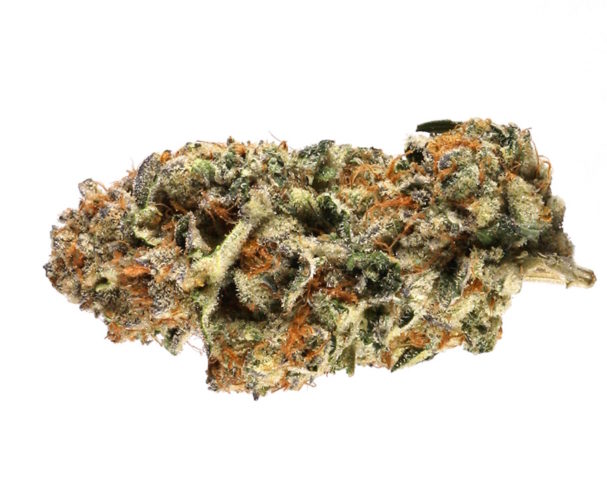
Originally posted 2023-04-10 19:12:36.


 James Alexander
James Alexander